-
Posts
34 -
Joined
-
Last visited
Content Type
Profiles
Forums
Blogs
Gallery
Events
Store
Posts posted by Sommerfeld
-
-
-
-
-
K. u. k. Seekadett E. v. Bartha
Bartha von Dalnokfalva Edgar See-Kadett SFS Durazzo Died in air crash 22nd June 1917
Winner of a Golden Bravery Medal 17th October 1916
Neue Freie Presse 29. September 1916
0 -
Oberst Pergen died in Vienna in October, 1890 in age 68
0 -
wraith42
Glenn
Many thanks! I do not simply have words.
0 -
-
16 hours ago, Larissa said:
Sommerfeld, sorry I forgot to ask, where did the death notice you included in your post come from?
Innsbrucker Nachrichten, 1915, 4 Oktober, s.9
0 -
Kohanyi Koloman. Fähnr. i. d. Res.. FHR 6 (Feldhaubitzenregiment Franz Ferdinand Nr. 6) kriegsgef.
0 -
-
53 minutes ago, Trooper_D said:
Sommerfeld
May I ask where the first image comes from, please? I note the discrepancy (LIR 84 and LIR 34) between the two sources but I imagine that the death notice is correct (perhaps a typo in the first source).
it is an error from
Verlustliste
Periodical Volume Date: 1916
* Date of Publication of the Item: 3.1.1916 Periodical Item Number: 348
* Page Number: 50 -
-
-
2 hours ago, Ian said:
Career details
Theodor von Zeynek Ein Offizier im Generalstabskorps erinnert sich
Böhlau Verlag Wien, 2009. - s.190
0 -
Officials are very difficult. Thanks for a help all who participated in a discussion.
0 -
-
-
-
I conducted a page by page search of my 1918 Rangliste and I believe that the mystery man is:
Armand von VORNER, Infanterieregiment Nr. 2. Promoted to Oberstleutnant 01 January 1917.
Niederosterreieh,
Kaiser- Ebersdorf, he was born in 1876
0 -
1915. About the collaboration of civil and soldiery postal departments.
http://www.bildarchivaustria.at/Preview/16202411.jpg
information 'on-line'
In 1913 the structure, organization and scope of activity of the military postal system was reorganized in Austria-Hungary as set out in the Dienstbuch E-47. According to this rulebook, the Imperial and Royal Feldpost was a ‘joint army institution’, the task of which was to convey all official and private post (‘letters, postcards, printed material, newspapers, commercial samples and parcels’) between the army in the field and the home front.
When the Imperial and Royal Feldpost began its work immediately after war was declared (in early August), 118 field post offices were set up and staffed by 620 officials. By the end of the First World War and the dissolution of the Austro-Hungarian Feldpost the number of field post offices had risen to 500 and that of the base post offices to 200. At the end of 1918 around 2,800 officials were employed in the Austro-Hungarian military postal service.
All Austro-Hungarian main, field and base post offices had a number that was assigned at random. This ensured that the location and movements of individual troop units were kept secret and also made it easier to sort the huge volumes of mail. The numbers contained the essential address coordinates to ensure accurate and expeditious delivery of letters, postcards and parcels to the fronts. The address of a soldier was composed of their rank, first and family names, the body of troops they were attached to and the number of the relevant field post office.
In February 1917 this system of field post office numbers was also adopted in the German Empire, where they had previously been designated according to troop headquarters and high command headquarters.
0 -
postmen were called to the army only during mobilization, and in a peace-time used services of civil service.
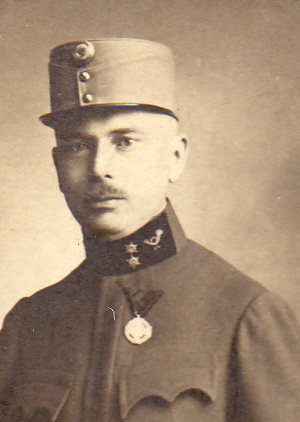 0
0 -
who is this general
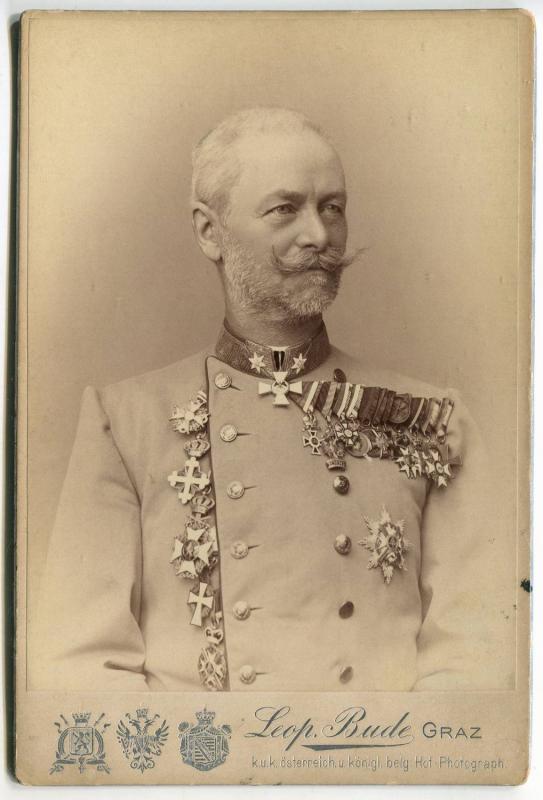 0
0 -
it is possible to learn more precisely its rank? Why it has an aiguilette as for firing (tomatoes)? What the letter F in buttonholes means? What to learn awards I will make then quality of fragments.
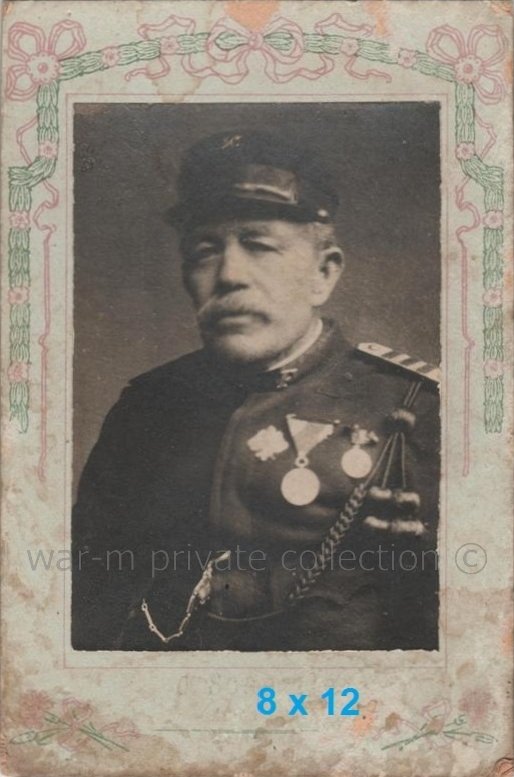 0
0 -
Ottomar Friedrich Madlé von Lenzbrugg
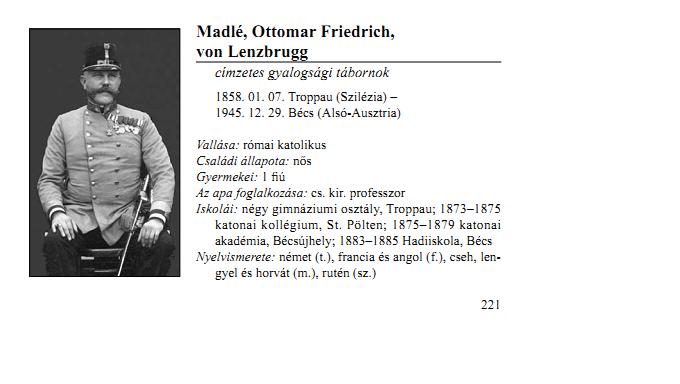
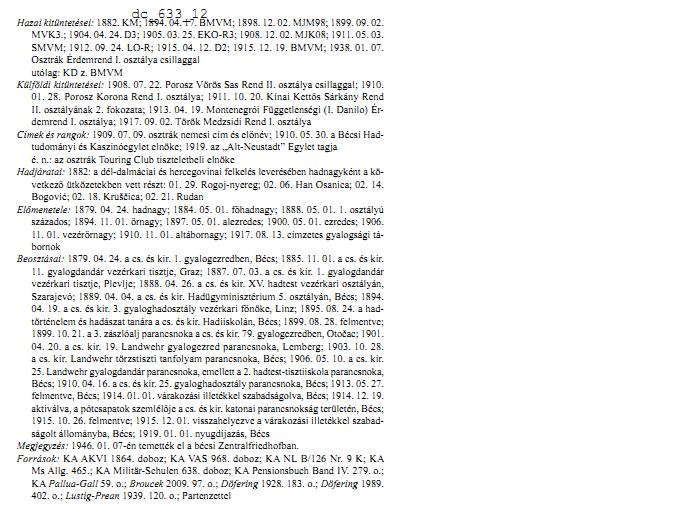 0
0




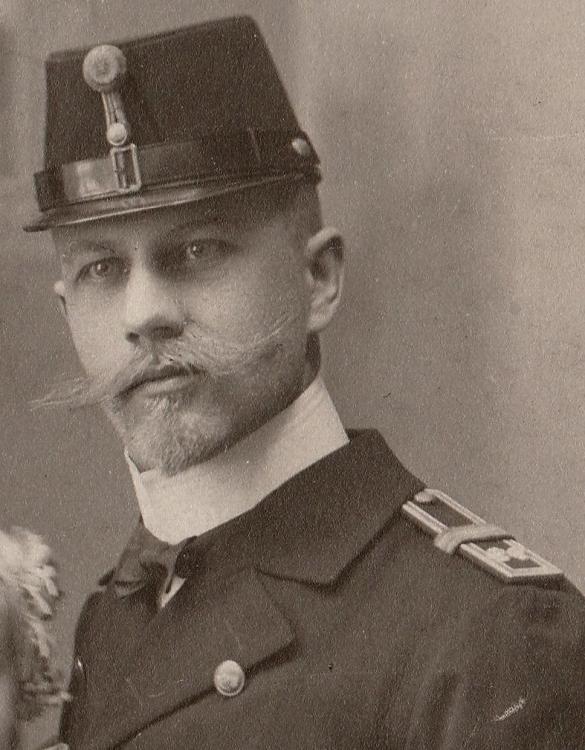

.thumb.jpg.6017fa9e547217cd56b1b0e3723fca00.jpg)
.thumb.jpg.781b888ecc15d4b8b8956932687745ee.jpg)
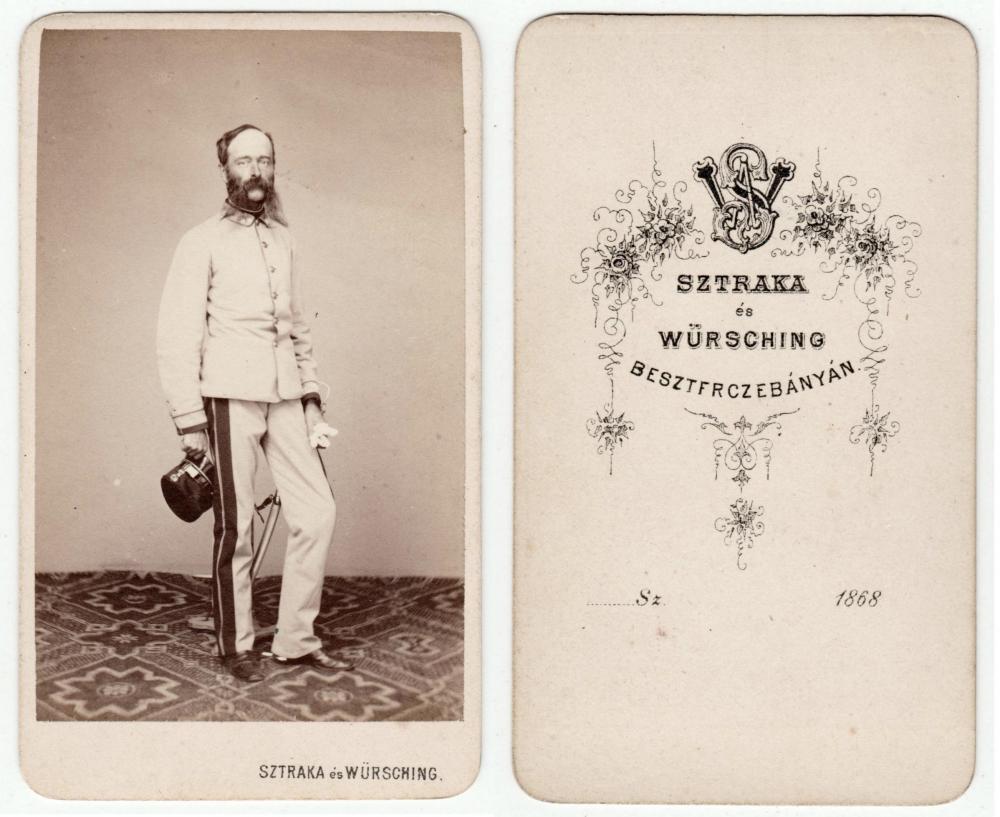

.png.58a2458b81ac7f6d7d157e5451cf285c.png)

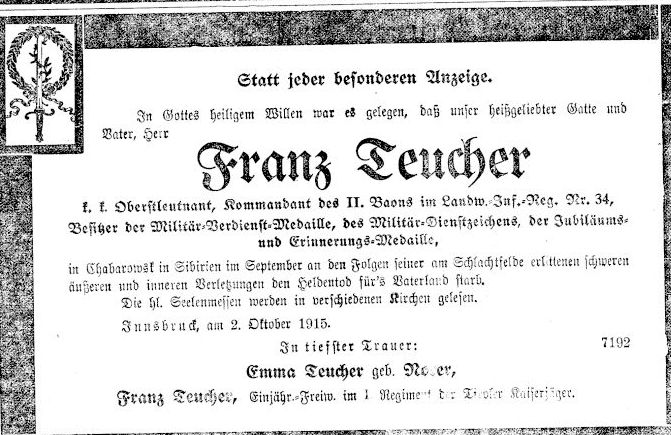
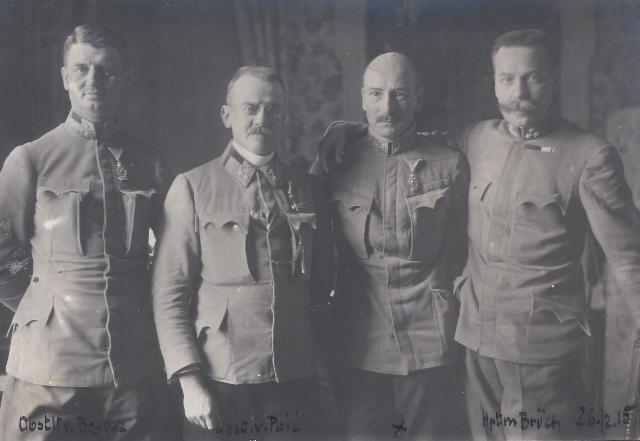

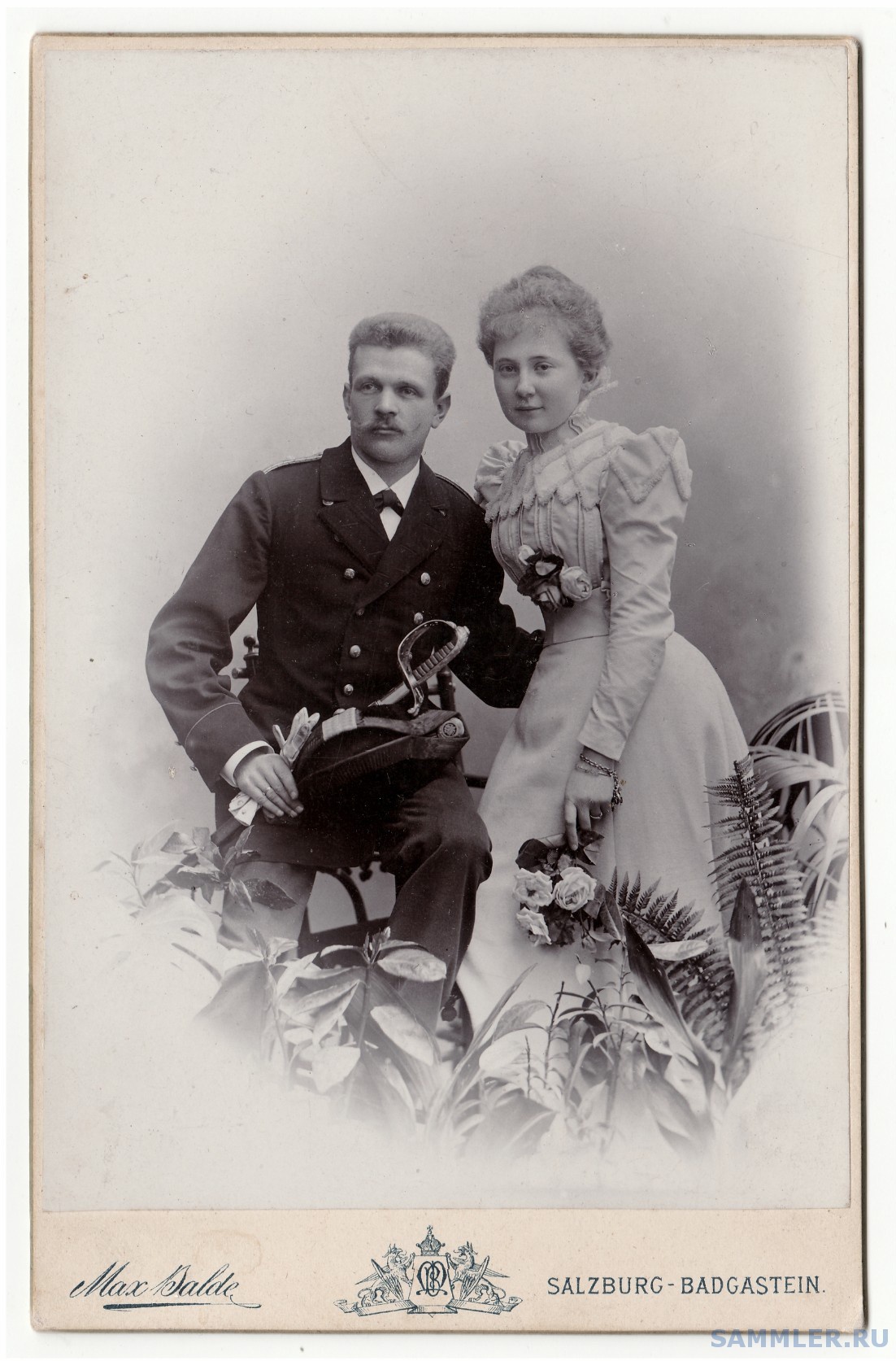
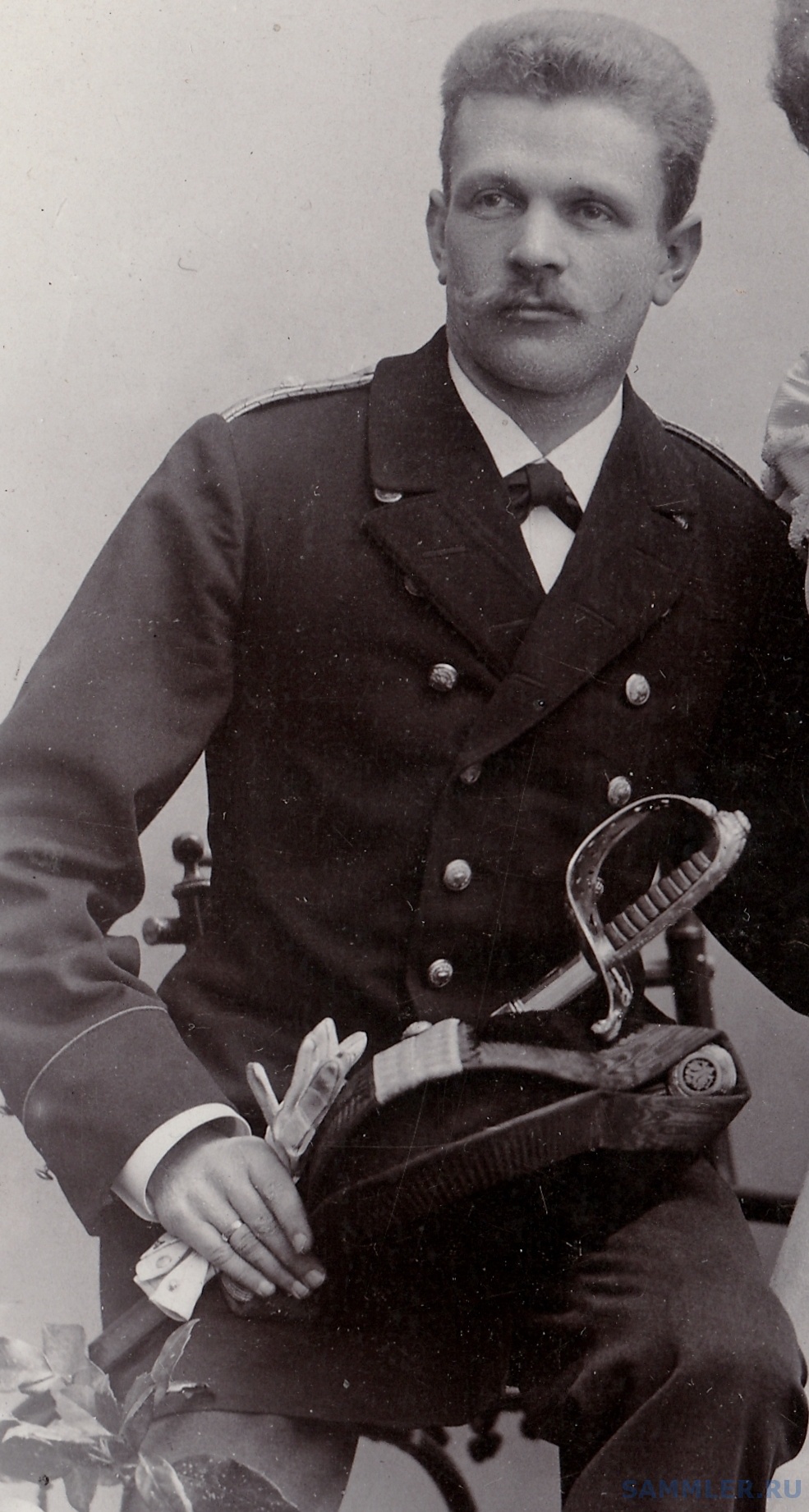
.thumb.jpg.72c23c491e210c5d473f0e79eaad6e1c.jpg)
Official. A necessary help is on a rank and department.
in Austro-Hungarian Empire
Posted